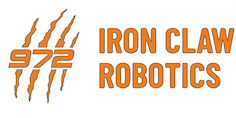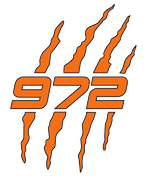Week 5 is a busy one for team Iron Claw as we prepare for our upcoming competition.
Our CADers have been working day-in-and-out, finalizing the designs of the intake, shooter, and arm.
Last week, we decided to change the intake from over the bumper to under the bumper to provide adequate space for an object detection camera, as well as to make sure the intake is as robust as possible. With the addition of our under-the-bumper intake, we eliminated one degree of freedom from our robot. Additionally, we began assembling our prototype, and tested intaking as well as centering as it goes into the shooter. With the new intake, we tested out two centering mechanisms. The first was a set of polycarbonate plates that were bent to create ramps between the rollers. In our testing, we tried several types of surfaces including smooth polycarbonate, sanded polycarbonate, velcro loop, and masking tape. While sanded polycarbonate showed potential, we decided that none of the materials were successful enough as the note jammed on the side. Due to the failure of the plates, we decided to experiment with a pair of passive wheels that would direct the game piece toward our shooter. This seemed to work better, but we are transitioning to a powered wheel solution for the final design, using a Neo motor to power the centering wheels.
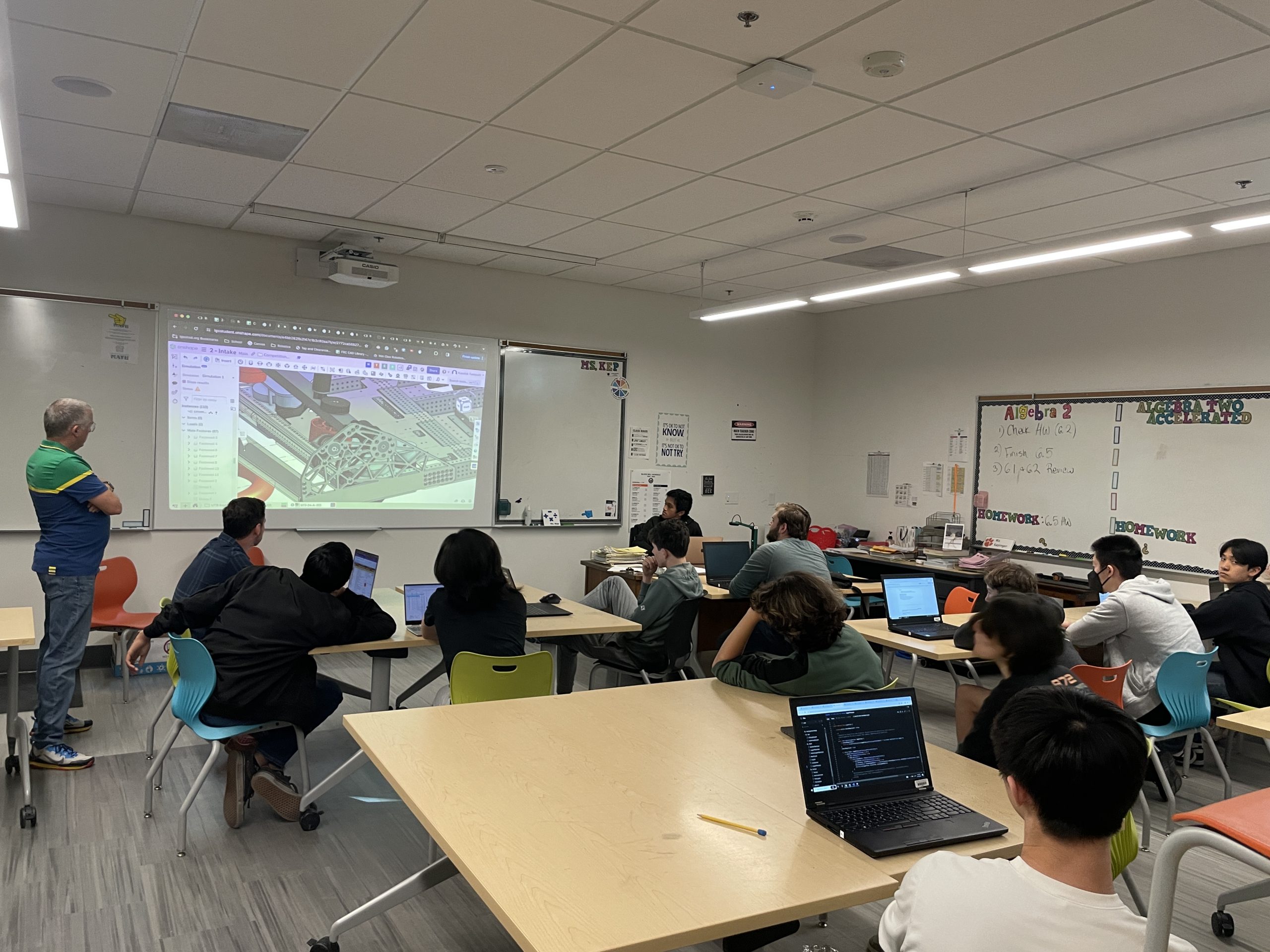
As for the shooter and arm, we have fleshed out more details on the pivot and shooter specifications. We plan to use a Neo on the rollers feeding into the shooter, 2 Vortexes on the shooter, and 2-4 Krakens on the arm, depending upon further testing with our ability to stay on the chain after the end of the match. The arm is using a dead axle maxspline setup, with a reduction of around 170:1, using 25H chain. Over the week, we started integrating the shooter and arm onto the drivetrain, testing different mounting locations.
We were also able to mount our krakens to our swerve. The control systems team began wiring the direct power runs. However, we are still missing CANcoders and 10 gauge wire, which we need to finish wiring.

Over the weekend open shop, our team had a brief critical design review to discuss the CADs of the intake, shooter, and arm. The front of the design includes a ½ in thick billet piece for bumper mounting as well as to act as the front drive rail. We also decided on using 4 rollers and lightening the side plates, which are 2.5 pounds each without lightening. Finally, adding a beam break sensor on the intake will help determine the position of the note when intaking.
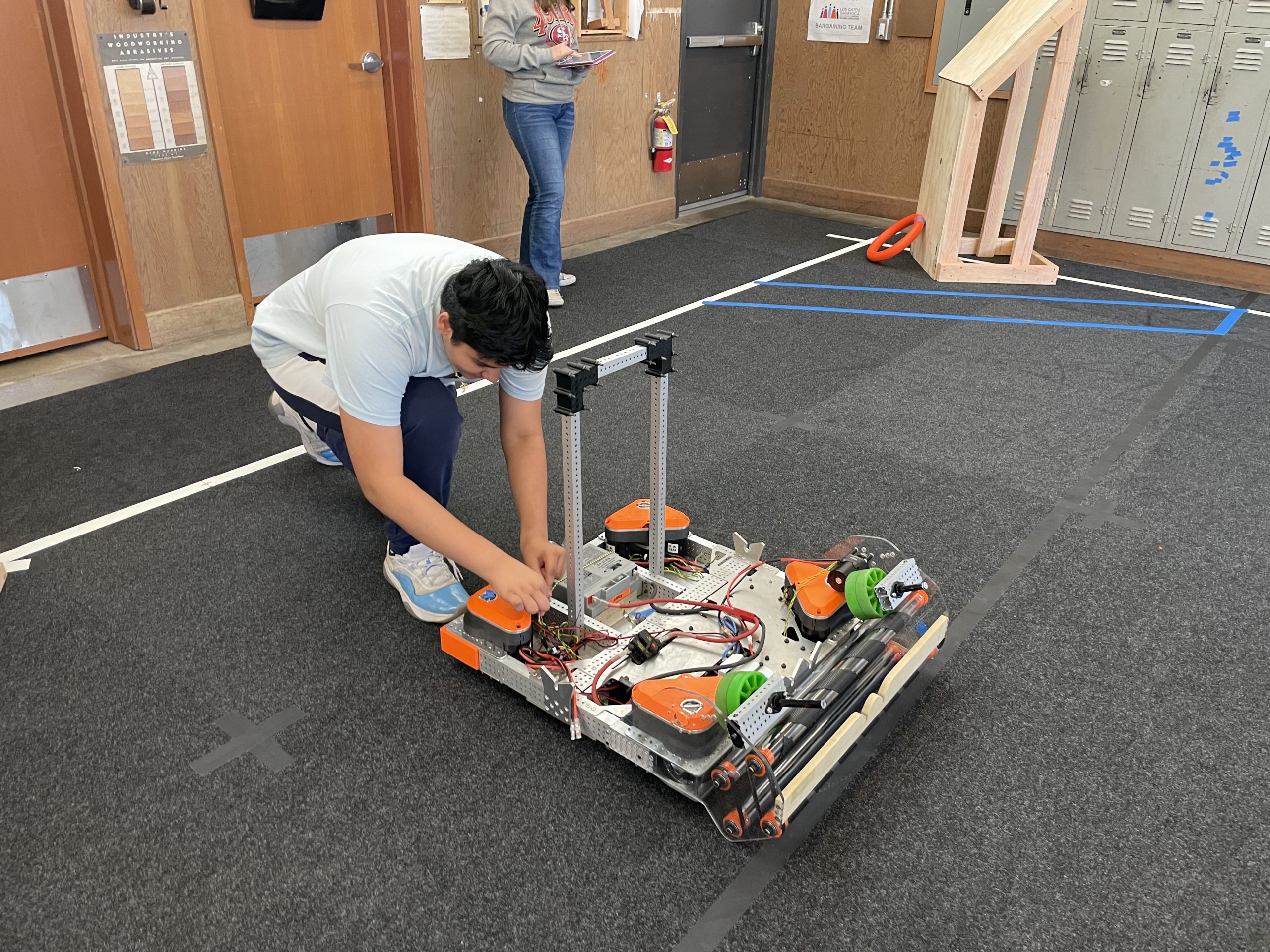
The shooter, on the other hand, contains 2 vortex motors to power the top and bottom along with hex shafts. In addition, we altered the ratio for NEO motors to a 7:1 reduction in order to power the 2 sets of rollers, which have been changed in order to achieve a more consistent feed into the shooter.
Meanwhile, the software team has been busy. After finishing the Phoenix 6 update and the libraries update, the team is ready to progress.
After fixing issues with the drivetrain over the weekend, the software team got a headstart on their auto, testing several routines with accuracy. Characterization is in process, as well as integrating Vision to ensure the most precise results with constantly updated odometry. The Auto team is currently working on integrating intake into their paths.
In Vision, our object detection was successful and we are currently debugging it. We fixed an issue with a library that sends data to the roborio and tested a new IP issue with our new co-processor, as well as tuning the PIDs for accurate detection and no oscillation.
Others have been working on simulation code for intake and outtake as our design and manufacturing teams work on developing the final product. Calculations regarding shooting on the move have been finalized, and the code is heavily being worked on. The subsystem base of the code for the intake has been finished and software members are currently working on coding feedback back to the drivetrain, allowing the roborio to print messages regarding object detection. Basic roller code has also been written to test our under-the-bumper intake more so our mechanical teams can figure out potential issues.
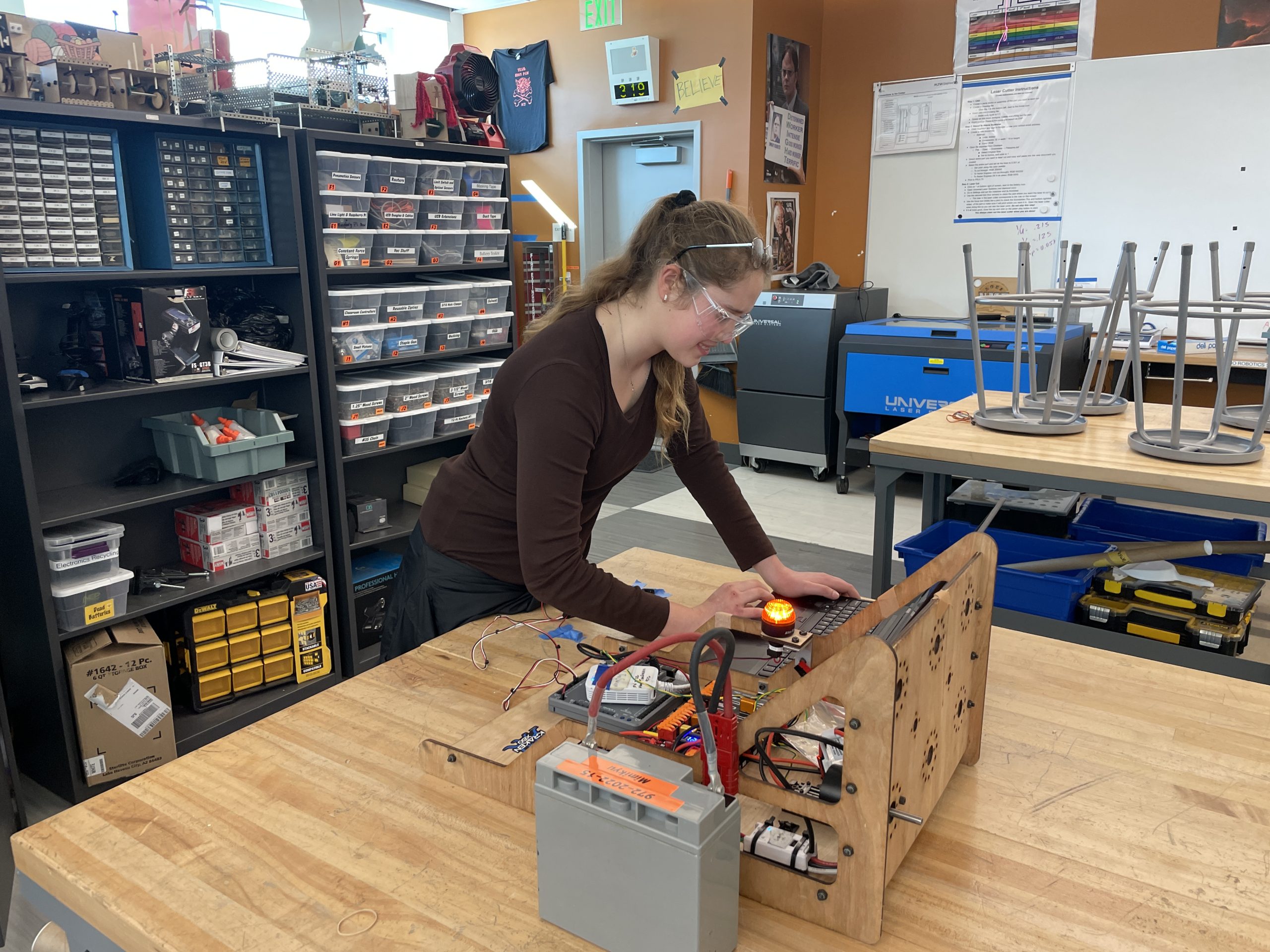
As week 6 approaches, we are looking forward to fabricating, assembling, and testing the robot as we get closer and closer to the competition. We are preparing and looking forward to our first competition during week 1 at Silicon Valley Regional!
